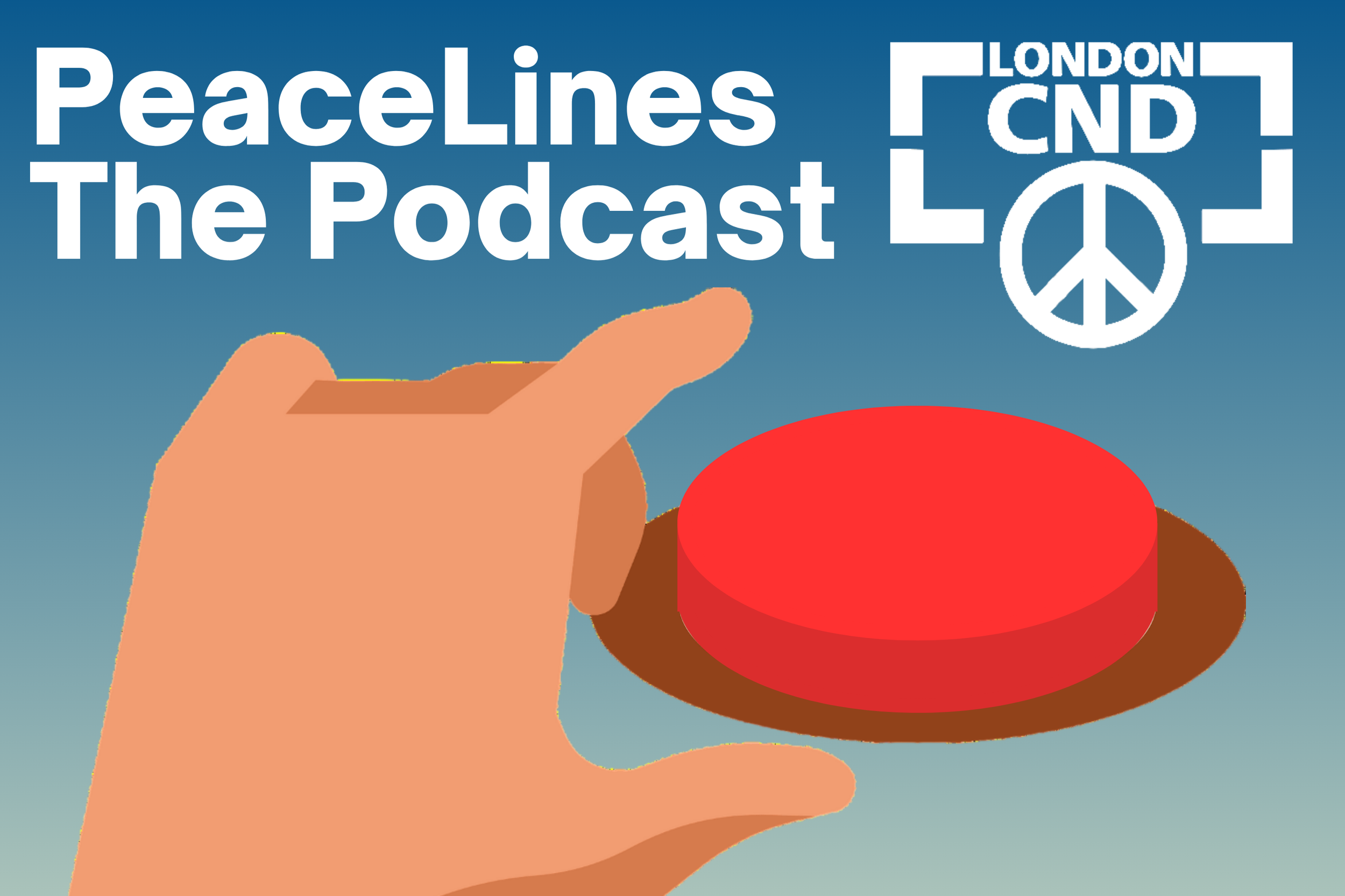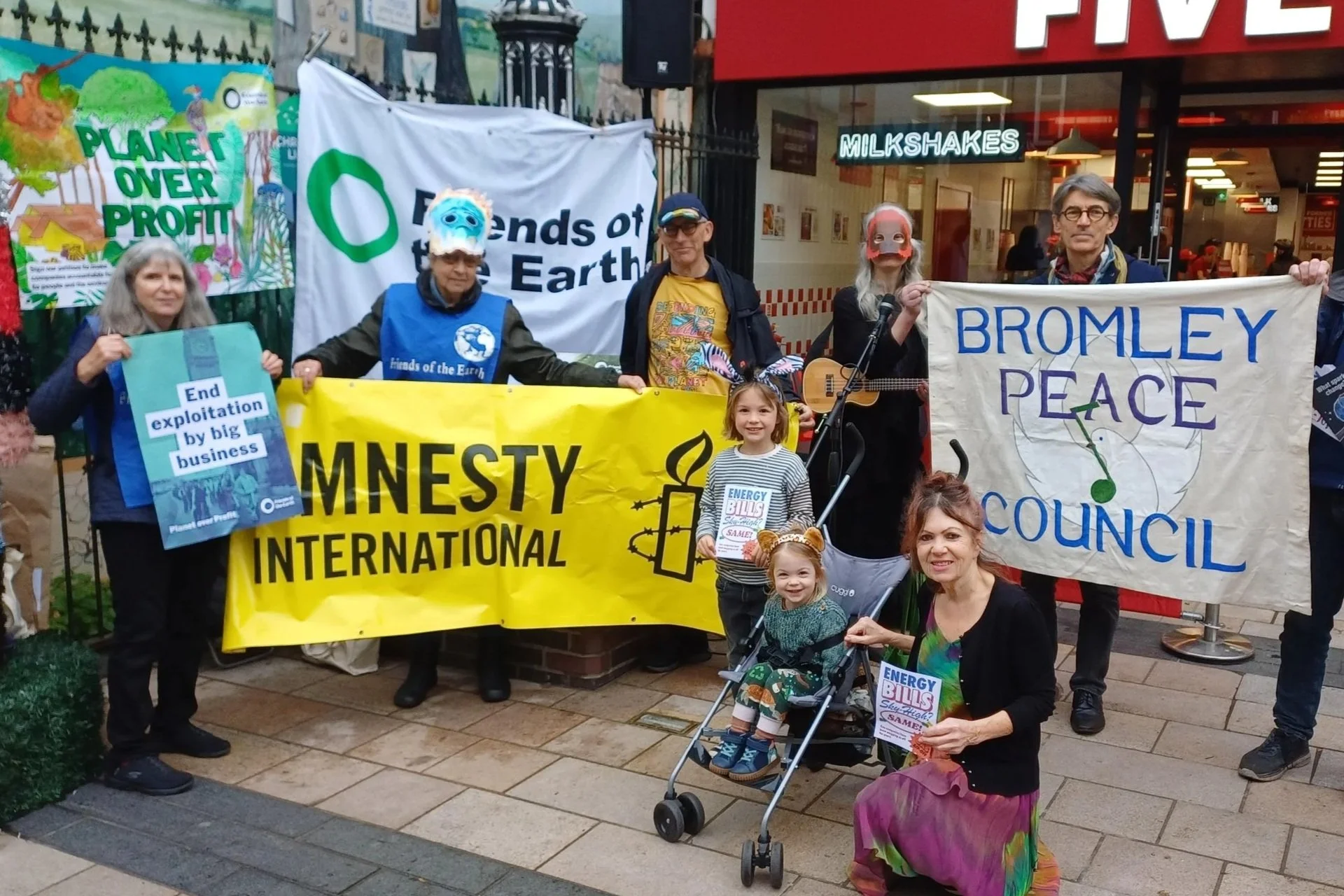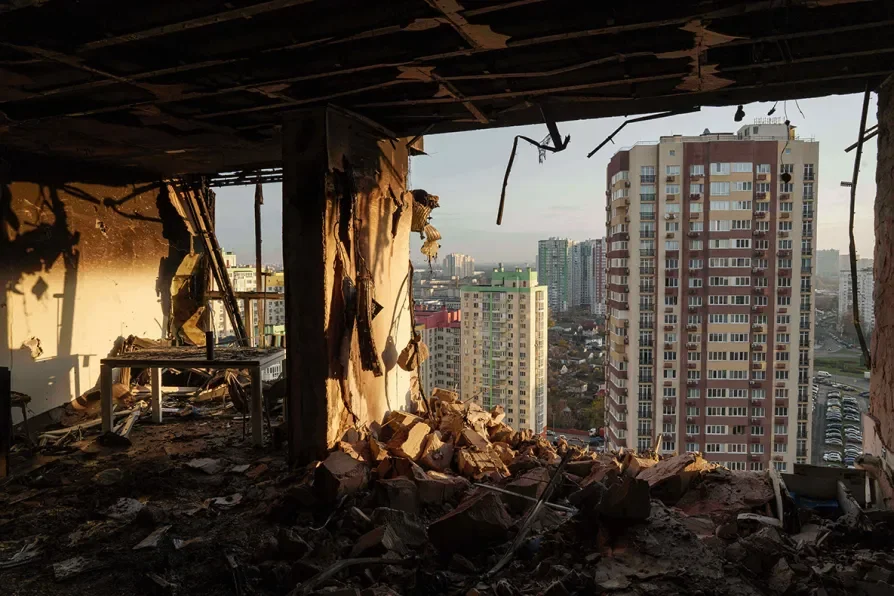As news about Darfur hits the headlines, PeaceLines Editor Jessica Freeman breaks down the horrors on the ground.
Trump's Golden Dome and the Arms Race in Space
Bromley CND join COP 30 Demonstration
On 15 November, Bromley CND joined campaign groups in Bromley Market Square to express concerns about climate change and climate justice. The demonstration, coinciding with COP30, heard from poets and musicians, and those attending handed out leaflets to the public. Groups present included Amnesty International, Friends of the Earth, and Greenpeace.
The demonstration in Bromley’s Market Square






